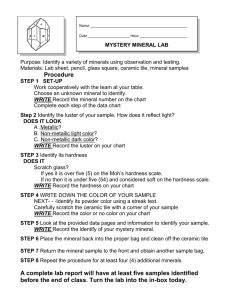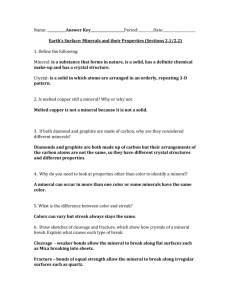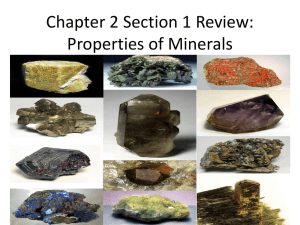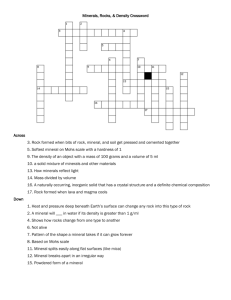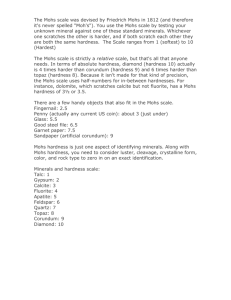ExTutorials-QNT-351-Week-2-DQ4-0435587539
advertisement
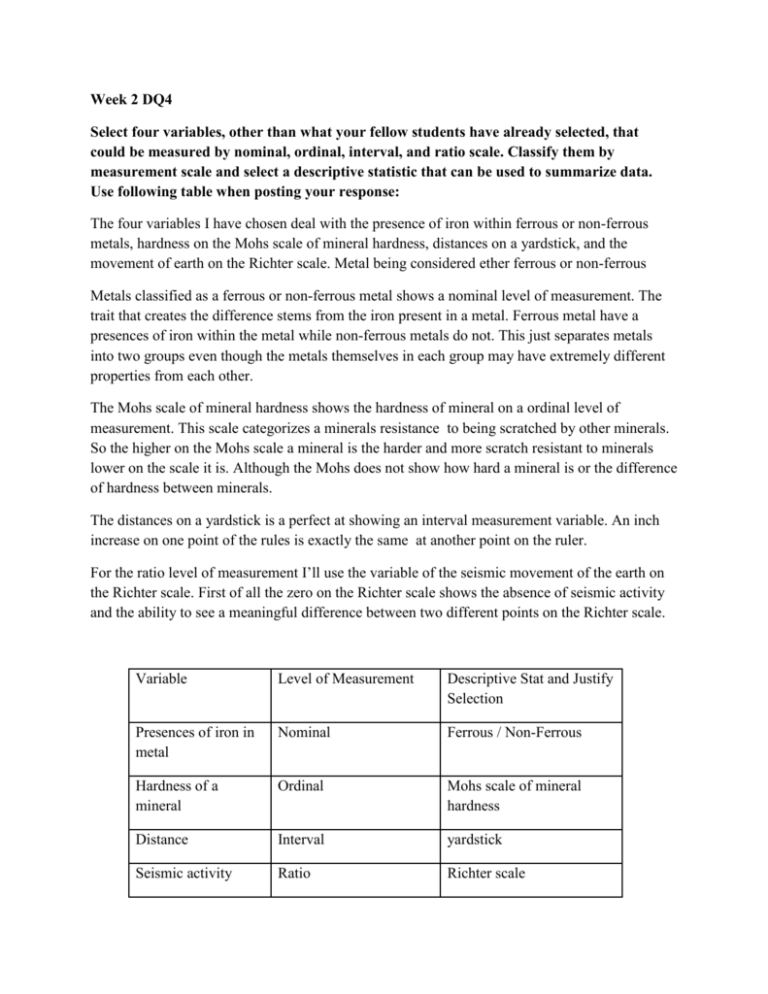
Week 2 DQ4 Select four variables, other than what your fellow students have already selected, that could be measured by nominal, ordinal, interval, and ratio scale. Classify them by measurement scale and select a descriptive statistic that can be used to summarize data. Use following table when posting your response: The four variables I have chosen deal with the presence of iron within ferrous or non-ferrous metals, hardness on the Mohs scale of mineral hardness, distances on a yardstick, and the movement of earth on the Richter scale. Metal being considered ether ferrous or non-ferrous Metals classified as a ferrous or non-ferrous metal shows a nominal level of measurement. The trait that creates the difference stems from the iron present in a metal. Ferrous metal have a presences of iron within the metal while non-ferrous metals do not. This just separates metals into two groups even though the metals themselves in each group may have extremely different properties from each other. The Mohs scale of mineral hardness shows the hardness of mineral on a ordinal level of measurement. This scale categorizes a minerals resistance to being scratched by other minerals. So the higher on the Mohs scale a mineral is the harder and more scratch resistant to minerals lower on the scale it is. Although the Mohs does not show how hard a mineral is or the difference of hardness between minerals. The distances on a yardstick is a perfect at showing an interval measurement variable. An inch increase on one point of the rules is exactly the same at another point on the ruler. For the ratio level of measurement I’ll use the variable of the seismic movement of the earth on the Richter scale. First of all the zero on the Richter scale shows the absence of seismic activity and the ability to see a meaningful difference between two different points on the Richter scale. Variable Level of Measurement Descriptive Stat and Justify Selection Presences of iron in metal Nominal Ferrous / Non-Ferrous Hardness of a mineral Ordinal Mohs scale of mineral hardness Distance Interval yardstick Seismic activity Ratio Richter scale References Andrew, A. (2012).The Mohs Mineral Hardness Scale. Retrieved from http://geology.about.com/od/scales/a/mohsscale.htm USGD. (2009). The Richter Magnitude Scale. Retrieved from http://earthquake.usgs.gov/learn/topics/richter.php

